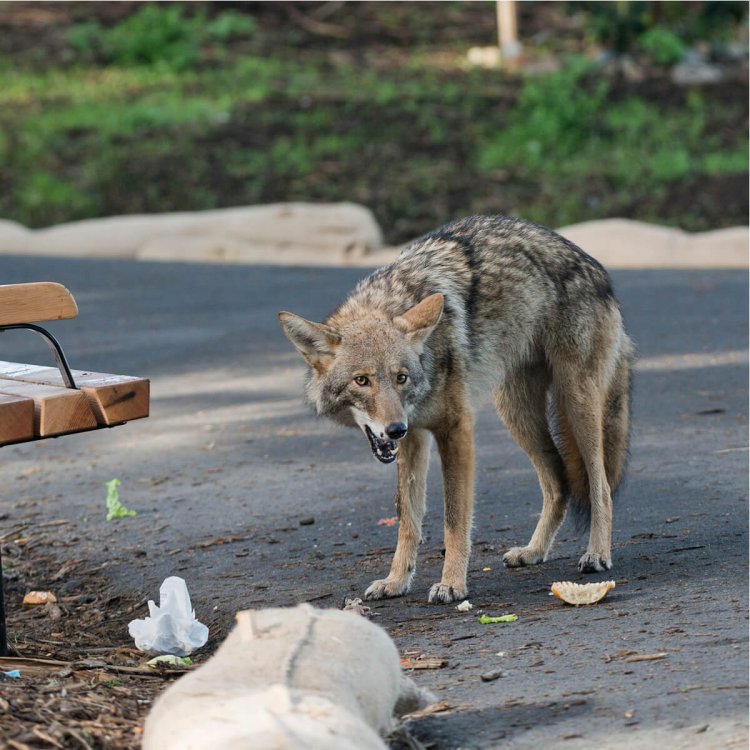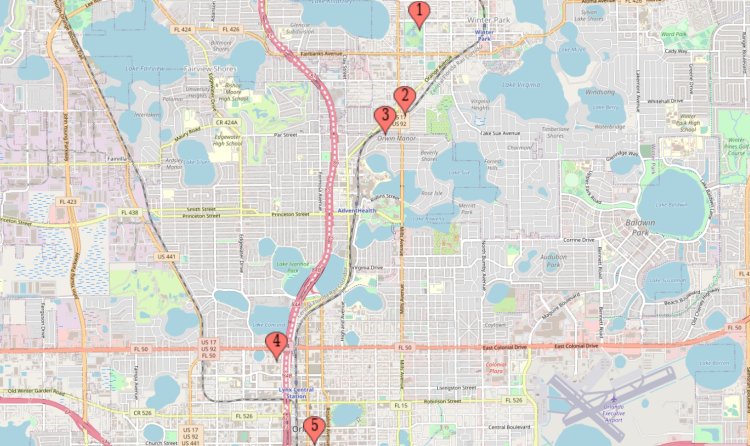Coyote Sightings Rising in Central Florida?

There have been more recent stories of people complaining about their pup being snatched by a coyote. These stories come and go throughout Central Florida, especially Seminole County. There should be no surprise of critters roaming there or any areas across Florida. Coyotes have been around Central Florida off and on for a very, very long time.
This is not something new. The interesting thing about coyotes is they've been around Florida for what’s guesstimated around 2.6 million years ago as fossil evidence has revealed. At one time there were also many wolves across Florida. The wolves would eat the coyotes. Then people came along and killed the wolves. Larger and slower moving targets. The coyotes are harder to shoot being sleeker, smaller and able to run at speeds up to 50 miles an hour.
The coyote population has expanded as their victory over the wolves. As the numbers have been up and down the numbers have been much more up these days. The increased population of Florida has seen to that increase as food is now much easier to attain. Decades ago all coyotes had hunt bunnies, raccoons and possums and whatever small animals they could eat. Back then there were no McDonald's and Burger King and grocery stores dumping food into the trash bins that are not hard to get into.
Coyotes would rather the available food clumsily handled than the mad dash after a quick, lone squirrel. The enormous rise in Florida’s population the past hundred years tends to throw food and food wrappers to the ground that hold a bite or two for the hungry coyote. Food availability means more coyotes. So that the largest congregation of coyotes in Florida are in the large population areas, like Miami, Jacksonville, Hillsborough and Pinellas counties and Orange and Seminole counties. I, myself, witnessed a coyote in busy Pinellas County a few years ago in a really weird place. The extremely busy intersection of 66th Street North and Park Boulevard North each has 6 lanes plus two turn lanes.
This was about 5pm and all lanes were busy. Cars passing back and forth. Up wanders a coyote coming from where a Burger King and Italian restaurant sit. The coyote stops. Sweeps his head across the passing cars.
Then steps off the curb and proceeds diagonally across the intersection. Cars braked and screeched as the coyote did not stop and kept to his trail. His direction was toward a Wal-Mart Neighborhood Market where some amount of food is available in bins and the parking lot. The easy food source also begs the coyotes to live nearby. These areas make it also easier to reproduce and feed the young. Thus, coyote pups, that can be born from 4 to 10 at a time, add to the population. Because it’s impossible to know just how many coyotes are in Florida. The estimate is somewhere between 30 to 70,000 coyotes or .2 to 1.2 coyotes per square mile. That's a lot of coyotes. That brings up another food source: Pets. Folks need to note coyotes in their neighborhood. Especially if they have pets and let those pets roam outside.
Domesticated cats and dogs are not going to be as speedy as a squirrel. The hungry coyote is out to feed and the lone Shih Tzu wandering an enclosed backyard is an easy, quick meal. The pup is trapped and the coyote knows how to jump over in and out. Nothing more delusional than the myth that fenced areas keep the unwanted out. Might stall them, but, if you want something, you figure out how to get in and get out the same way.
The complaining about coyotes and bears and raccoons and osprey and the like needs to stop. The realization that we are all living together needs to settle in. With that thought, more caution would be had for those with pets and leaving them outside as a tasty morsel for other hungry critters would abate. The critters aren’t going away and we need to be aware of that. Kevin Barton, the director of the Wildlife Center in Venice, Florida, states something to always think about if you have a pet in Florida: “When people leave their pets unattended in the food chain, they become part of the food chain.”
Sources: Florida Fish and Wildlife Commission, ClickOrlando,com and Sarasota Magazine.

 Robert Smith
Robert Smith 
















